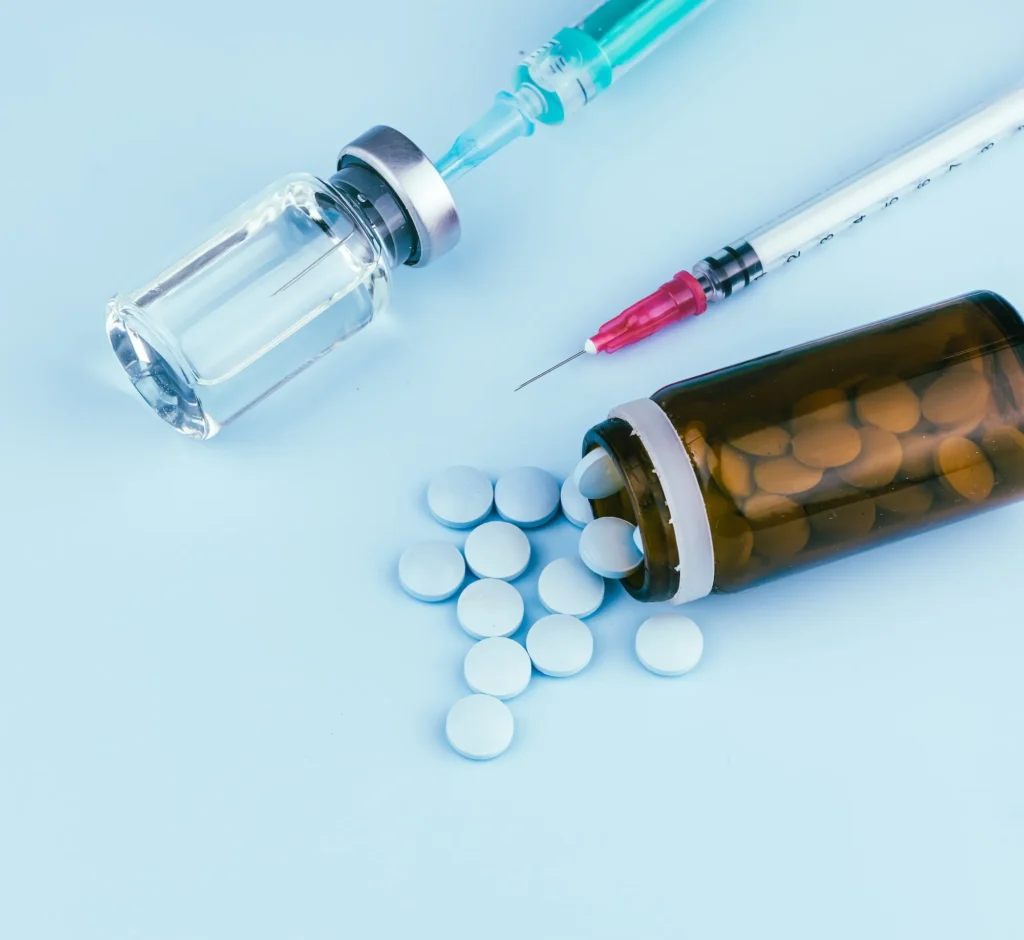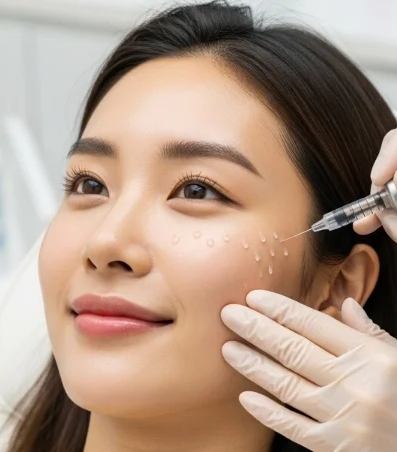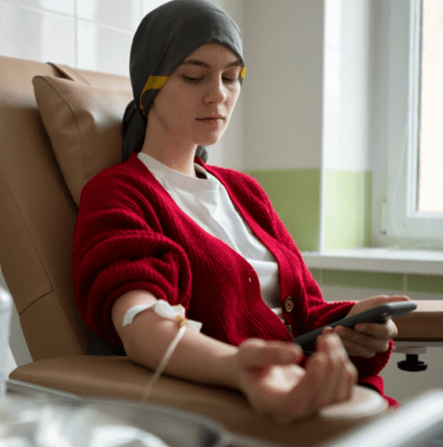Testosterone Replacement Therapy (TRT) can be a game-changer for men struggling with low testosterone. But here’s what many patients don’t realize: TRT is not a one-size-fits-all treatment. Every man has a unique hormone profile, medical background, and lifestyle — which means the best results come from a plan that’s personalized, not generic.
In this article, we’ll explain why customized TRT plans are essential and how tailoring hormone therapy to your individual needs ensures safer, more effective results.
The Problem with Cookie-Cutter TRT
Many clinics or online TRT services offer a “standard protocol” — often a fixed dose of testosterone administered at regular intervals. While this approach may be convenient, it ignores the fact that:
- Testosterone metabolism varies significantly between individuals
- Underlying health conditions can affect treatment response
- Side effects can differ from person to person
- Goals and priorities (libido, fertility, muscle gain, mood) are not the same for every patient
Hormone therapy is complex, and poorly tailored treatment can lead to imbalanced results, unnecessary side effects, or even long-term health risks.
What a Customized TRT Plan Looks Like
A customized TRT plan takes into account multiple variables to design a therapy that’s uniquely right for you:
1. Baseline Hormone Testing
- Total testosterone
- Free testosterone
- Estradiol (E2)
- Luteinizing hormone (LH)
- Sex hormone-binding globulin (SHBG)
- Prolactin
- Hematocrit & hemoglobin
- PSA (Prostate-Specific Antigen)
These values help determine the type of hypogonadism (primary vs. secondary), identify co-existing hormone imbalances, and assess safety before starting TRT.
2. Personalized Dosage and Delivery Method
Testosterone can be administered in several ways, and the optimal delivery method depends on patient preference, lifestyle, and how the body absorbs the hormone:
| Method | Typical Frequency | Best For |
|---|---|---|
| Injections (IM/SubQ) | Weekly/Biweekly | Stable levels with fewer applications |
| Transdermal gels/creams | Daily | Non-invasive, flexible dosage |
| Pellets (Subdermal) | Every 3–6 months | Low-maintenance, long-term therapy |
| Patches | Daily | Consistent release, easy to use |
Your dose and frequency should be adjusted based on symptom relief and lab monitoring, not convenience or marketing.
3. Managing Estrogen Balance
Testosterone naturally converts into estradiol (E2) via the aromatase enzyme. In some men, this leads to high estrogen symptoms like:
- Water retention
- Mood swings
- Breast tenderness (gynecomastia)
- Fatigue or irritability
A good TRT plan monitors estrogen and may include aromatase inhibitors (like anastrozole) only if necessary — but indiscriminate use can be harmful. Balance is key.
4. Preserving Fertility (When Needed)
TRT can suppress natural sperm production. If a patient wishes to maintain fertility, a tailored plan might include:
- hCG (human chorionic gonadotropin): Stimulates testicular function
- Clomiphene citrate: Encourages the brain to produce LH and FSH
- Adjustments to TRT dose/frequency
Discussing reproductive goals before starting TRT is essential.
5. Ongoing Monitoring and Adjustments
Your hormone levels and symptoms should be re-evaluated every 3–6 months. A responsible provider will monitor:
- Testosterone (total and free)
- Estradiol
- Hematocrit (to avoid blood thickening)
- PSA (for prostate health)
- Liver function
- Symptom tracking
This allows for fine-tuning the dose and addressing issues before they become problems.
Why Your Health History Matters
Every patient comes with their own health context. A personalized plan takes into account:
- Age
- Weight and body fat %
- Sleep quality (especially sleep apnea risk)
- Mental health and medications
- Metabolic health (blood sugar, cholesterol)
- History of prostate or cardiovascular issues
Ignoring these factors increases the risk of side effects like high blood pressure, polycythemia, or mood swings.
Customized TRT: Better Results, Fewer Side Effects
When properly individualized, TRT offers benefits such as:
- More stable hormone levels
- Reduced risk of estrogen imbalance
- Less incidence of acne, mood swings, or water retention
- Improved energy, libido, and muscle mass
- Greater patient satisfaction and adherence
Choosing the Right Provider
Look for a provider who:
- Specializes in men’s hormone health
- Orders comprehensive lab panels, not just total testosterone
- Reviews your full health history and goals
- Offers ongoing monitoring and dosage adjustments
- Is transparent about risks, benefits, and alternatives
Avoid clinics that offer generic protocols without lab testing, or push unnecessary add-ons without evidence.
Conclusion
Testosterone Replacement Therapy isn’t about giving every man the same dose and hoping for the best. A personalized, data-driven TRT plan is the safest and most effective way to restore hormonal balance and improve quality of life. By working with a knowledgeable provider who understands your individual needs, you can experience the benefits of TRT while minimizing risks and maximizing results.




